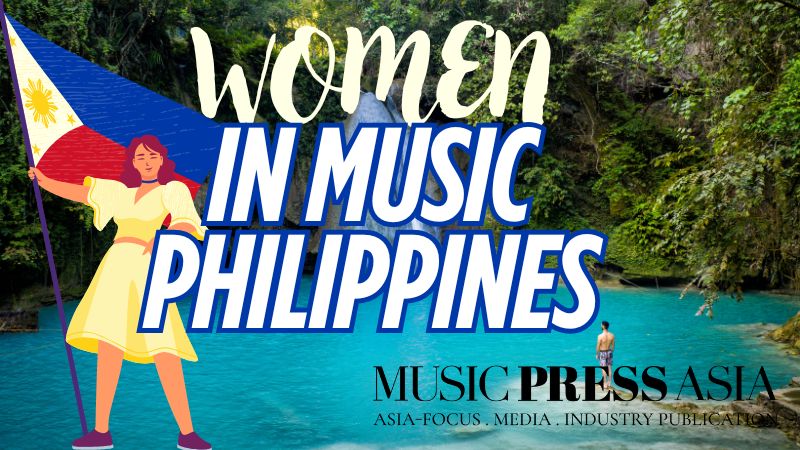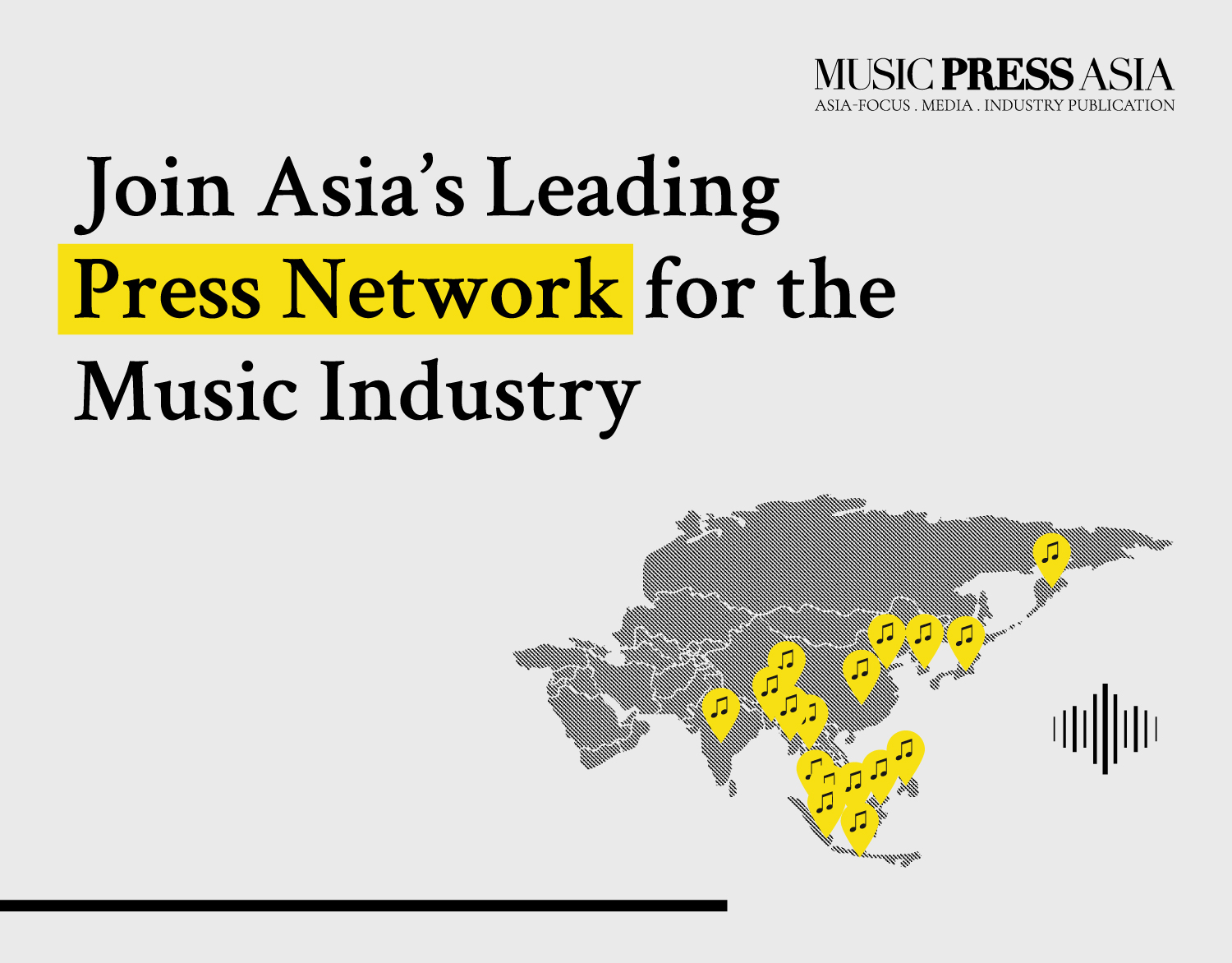How Women in Mongolia is Leading Music, Arts & Cultural Development
According to modern interpretation of the 21st century, women in Asia are deeply rooted in values and considered resilient human beings. Reinventing cultures and traditions that mainly depicts woman subordinately, Monica Tong editor-in-chief of Music Press Asia gives a veracious account after listening to the women interviewed by producer Steven Rajam at Overcoat Media.
According to modern interpretation of the 21st century, women in Asia are deeply rooted in values and considered resilient human beings. Reinventing cultures and traditions that mainly depicts woman subordinately, Monica Tong editor-in-chief of Music Press Asia gives a veracious account after listening to the women interviewed by producer Steven Rajam at Overcoat Media.

I have always been fascinated with Mongolia ever since Music Press Asia became a media and distribution platform specializing in music, arts and culture some years ago. While Mongolia in my opinion has yet to compete in terms of internet users among other Asian countries, its music and performing arts development are increasingly growing in influence and represent a contemporary movement in the country where its borders meet Russia and China.
A Podcast: The Documentary
In a recent 28-minute podcast episode titled Swan’s head, tiger’s roar (The Documentary podcast) released by the BBC World Service, I tuned in to a story produced by Steven Rajam at Overcoat Media. He travels to Central Asia to the Mongolian capital Ulaanbaatar to meet some of the women challenging convention, tradition and history. Making headlines at home and across the globe, they include hip-hop artist Mrs M, Hollywood actress Bayra Bela and traditional throat-singer Zolzaya, whose fiddle is adorned not with the traditional horse’s head, but a swan.

Mongolia
How would you gather thoughts if I were to ask you about Mongolia’s thriving music, arts and cultural growth are a recent phenomenon led by women? While the rest of Asia remains a diverse group of nations that have different historical and cultural ties with Mongolia, artistic and cultural export outside the country has remained sparse.
Known for its vast and rugged landscape, its nomadic heritage, its Buddhist traditions, and its ancient civilization that once ruled over much of Asia under Genghis Khan, Mongolia’s recent creative are modernizing its expressions of ethnic groups, languages, religions and customs that reflect its complex and dynamic history.
While women are expected to ‘build thriving careers on top of continuing deep root in social expectations’ says producer Steven Rajam, the podcast explores creative perspectives of a modern Mongolia led by women.
Mongolian Women in Arts, Culture and Music
Steven Rajam interviews Mrs M, the first Mongolian hip hop and R&B artist to sign to Warner Music Asia. Understanding the role that she now plays to female teenagers in Mongolia, she says: “I want people to know through my music about the culture in Mongolia…Of course, I have fears too, but there is something you shouldn’t be afraid of. We, female rappers, have a lot of things to say… that you should love and respect yourself.”
Asked if hip hop can change Mongolian society, she utters the hope to change the perspectives of those who listens to her music.
Relevant read: Mrs M: Next New Mission review – a departure from the traditional
Rajam also speaks to throat singer, Zolzaya. She holds a career that is synonymously believed to bring bad luck to her family. Traditionally sung by nomadic men about their lives in Central Asia, her career continues to challenge Mongolia’s conventional practices.
Her fiddle’s head is a swan instead of a horse; representing the spirit of a woman. She bears a current role that is shifting the perspective of a career traditionally held by men.

Long song singer, Urintaya is another female artist challenging well-established Mongolian practices. One of Mongolia’s distinctive art form sang by nomadic men on horseback, long song although created in a patriarchal society is now a cultural item. Urintaya remembers sitting on his grandfather’s lap and listening to some of the most distinct long song she has ever heard.
“Even though some songs are forbidden by women to sing, now long song is becoming ever more popular among women singers,” said Urintaya.
In the podcast, Rajam tags along to a government-organized event to promote clean air. There, he sees Urintaya performs to an international delegation.
The last woman featured in the podcast is Bela. Rajam interviews her at a performing arts venue in Ulaanbaatar where she is planning the showcase of ‘Mongol Khan’, a production that will soon appear a the Coliseum Theatre in London’s West End.
As the co-producer and also leading actor, she holds the responsibility of putting Mongolian women in the culture map globally; a paradox that exists side by side with the issue of how women should behave culturally and traditionally.
Women’s Role In Leadership
But why is a woman perceived as weak, or unable to take roles that involves leadership and management in corporation and institution even in the 21st century?
This provocative question may have different answers depending on one’s perspective and experience, but gender-based violence, discrimination, pay gap, lack of representation, and limited access to education, health care, and justice are areas that are still popular discussions in today’s day and age.
And unfortunately, these issues are still affecting women’s self-esteem, confidence, and opportunities in various domains of life.
Mongolia today sees women in leadership as a social and cultural norm although within a country that expects them to prioritize family over work, nurturing, caring, emotional, and submissive than men.
By expressing their diverse identities and aspirations, by pursuing their passions and careers, and by demanding equal rights and opportunities, women are now making headlines in leadership and the creative industry more than ever.
Perception of women not being able to lead is not a fact anymore, but a bias that needs to be challenged and changed. Women are strong in many other ways that men are not.
Listen to the podcast ‘Swan’s head, tigert’s roar’ at BBC World Service website here.













